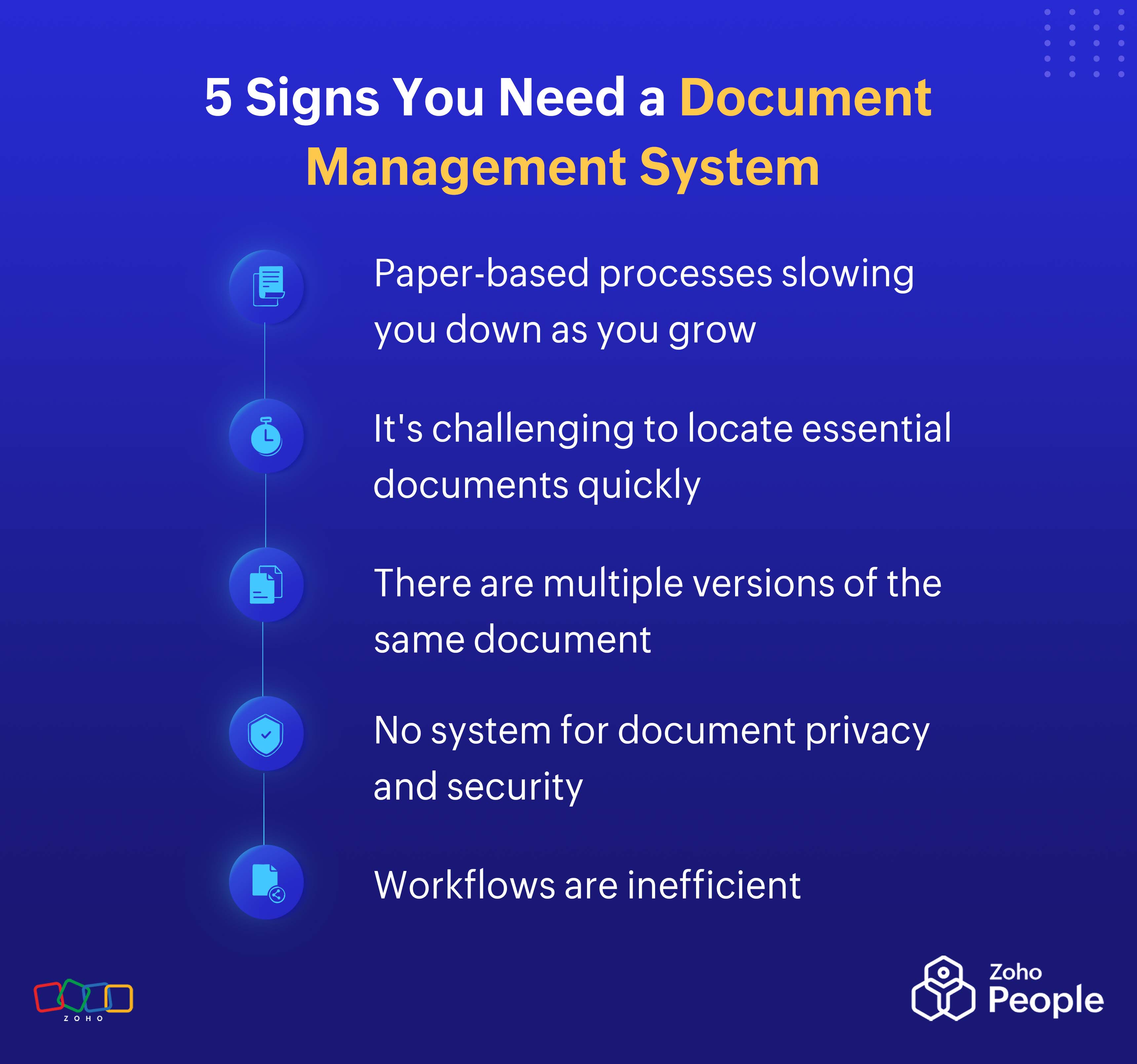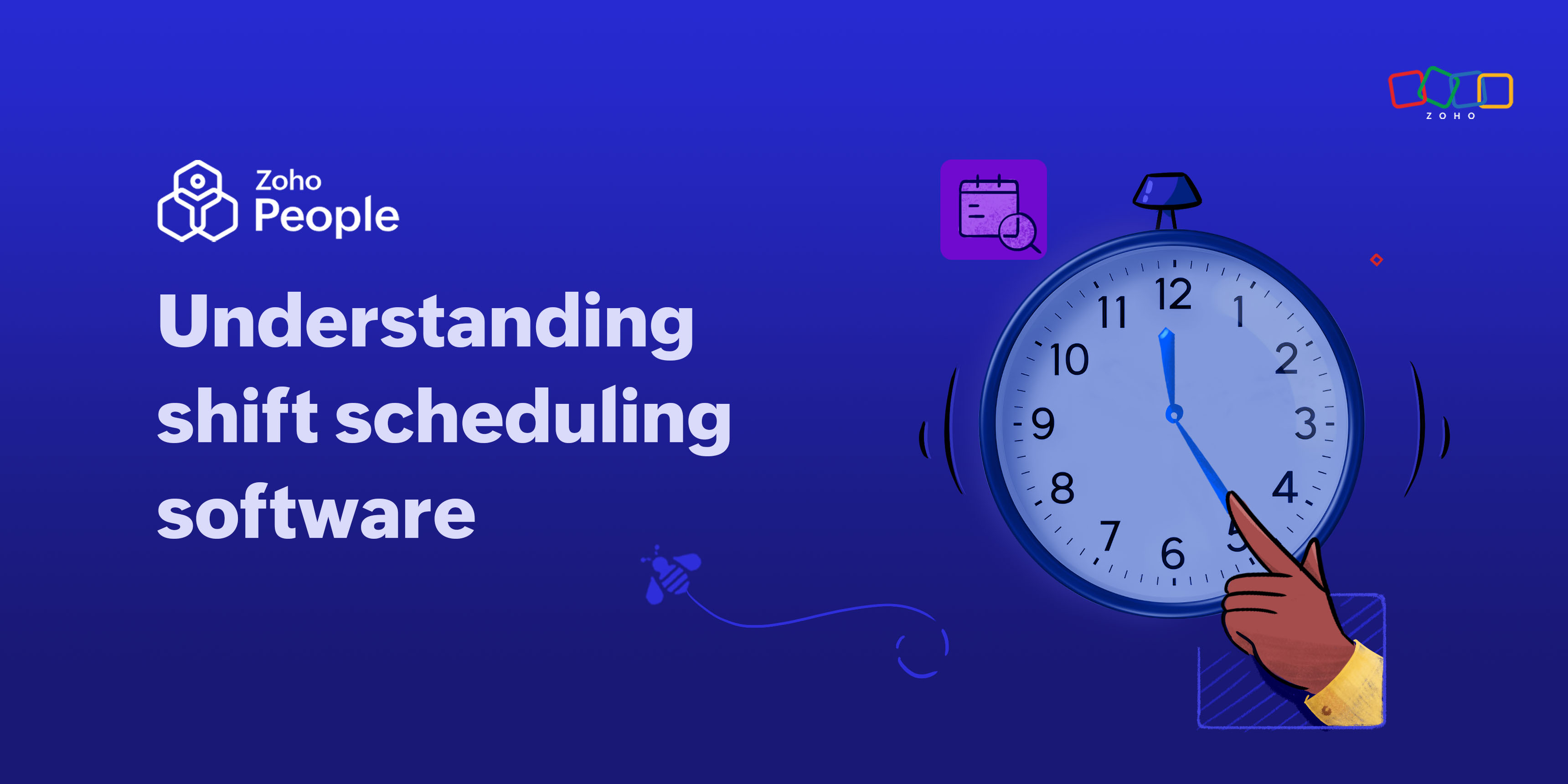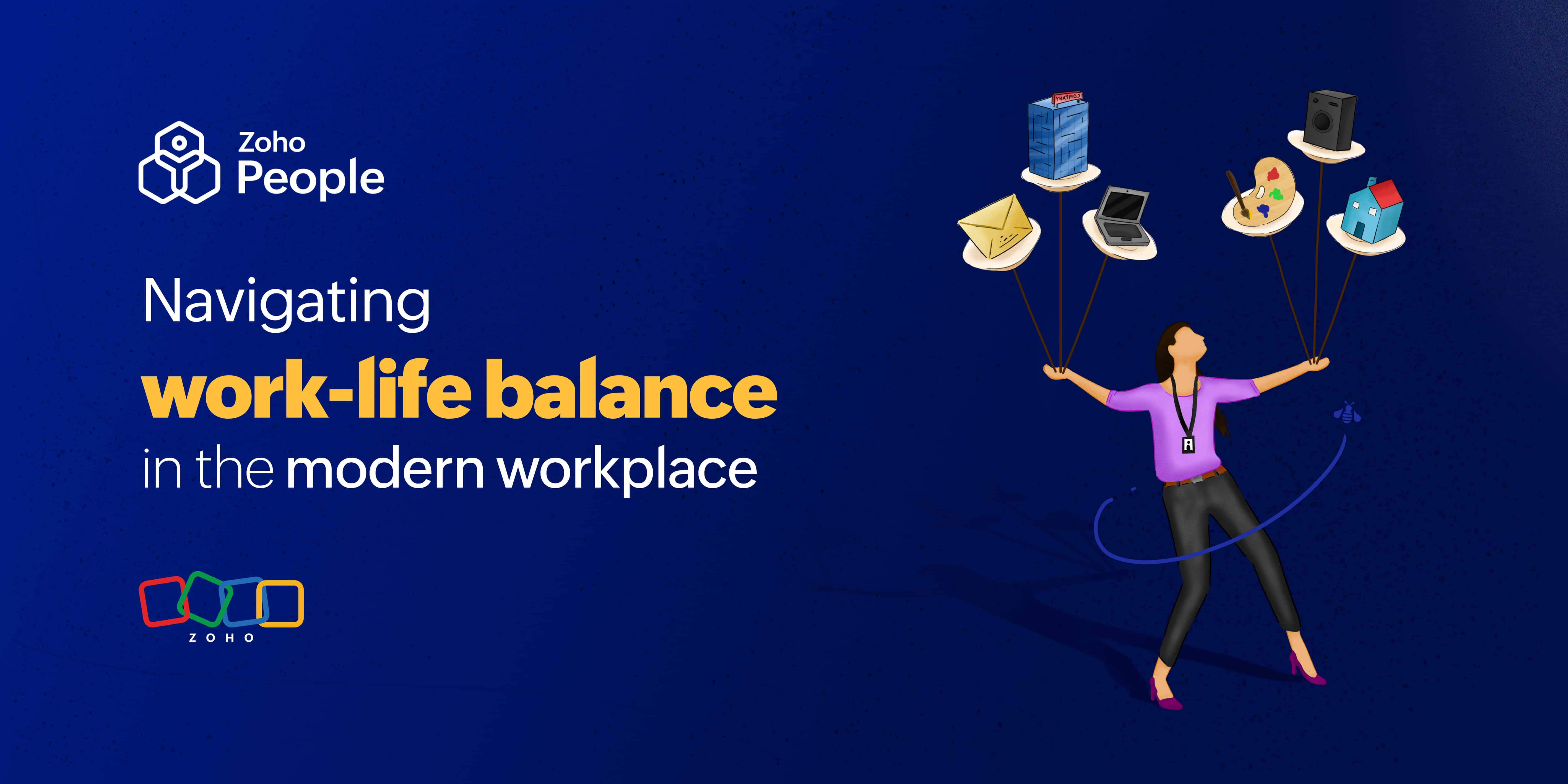- HOME
- HR insights
- 5 signs your organization desperately needs a document management system
5 signs your organization desperately needs a document management system
- Last Updated : May 13, 2025
- 40 Views
- 3 Min Read
Employee experience is taking center stage in every modern HR strategy, and this starts with providing employees with quick access to their files. However, many organizations still deal with scattered documents, version confusion, poor accessibility, outdated information, and data silos. If any of these challenges sound familiar, it might be time to adopt a more intuitive, user-friendly document management system.

Here are five signs that indicate that your organization could benefit from a digital solution:
Sign #1: It's challenging to locate essential documents quickly
Without an organized storage system, documents end up scattered across desktops, emails, chat messages, and drives. Employees may waste valuable time searching through cluttered folders just to find what they need—if they can't, they may end up recreating the same work from scratch. This hinders their productivity and takes away time they could have spent on other strategic tasks. For instance, when a customer-facing representative is unable to find a product help guide during a support call, it directly affects the customer's satisfaction.
An organized document management system centralizes everything, so employees can easily find files using advanced search features. To make the process even simpler, documents can be tagged with relevant labels and categorized based on their type, purpose, department, and date.
Sign #2: There are multiple versions of the same document
Some content goes through multiple rounds of editing, which can result in numerous versions that aren't labeled properly. This leads to a higher risk of errors, especially when managing important documents like contracts, NDAs, client proposals, tax filings, and policy manuals. As a result, employees may start working on the wrong version, or even worse, share the outdated documents with customers.
A document management system addresses these challenges with simple version tracking. Older versions can be archived or deleted, while updated documents can be moved to designated folders for clarity. Users can also add detailed version notes, helping others understand the document’s history, recent changes, and pending updates. If a document is still under review or not yet finalized, access controls can be applied to restrict users from downloading or sharing it, ensuring only the finalized version is shared within or outside of the organization.
Sign #3: Paper-based processes slowing you down as you grow
Manual documents handling might seem doable at first, but it can become particularly time-consuming and error-prone as the organization grows. For instance, employee handbooks and other policy files that serve as a point of reference can easily go missing or become outdated when managed manually. This leads to a higher chance of confusion and possible compliance issues.
With a centralized HR document management system, these documents are securely stored, easily searchable, and always available in their updated form. Employees have access to the information they need, and HR teams can shift their attention to other strategic solutions.
Sign #4: No system for document privacy and security
HR teams handle sensitive personal data, including medical information and salary details. When documents are stored improperly, they're left vulnerable to damage, loss, and unauthorized access—all of which could cause compliance issues.
With a document management system, all of your HR documents are stored with encryption and stringent access controls that define who can view, edit, delete, or download specific documents. It also offers a secured repository for employees to save their personal documents. A comprehensive document management system also helps HR teams manage data in line with industry-specific rules and regulations.
Sign #5: Workflows are inefficient
Manual processes can lead to delays, as they often rely on email or in-person follow-up for pending tasks. Whether it's onboarding files, appraisal letters, or contracts, it can be difficult to get documents signed, especially when employees are out of the office or working remotely. And even then, there may be zero visibility into whether employees actually went through the documents.
With a document management system, documents can be shared and accessed remotely through the system. An integrated e-signature tool makes it easy for employees to e-sign contracts and return them, thereby removing bottlenecks during onboarding, contract acceptance, and policy acknowledgment. The system can also send automated reminders to help employees complete their pending tasks. An acknowledgment feature gives HR teams visibility into whether employees have gone through mandatory reads.
Wrapping up
If managing HR documents feels time-consuming and tedious, it’s a clear sign that your organization needs to switch to an intuitive, digital system. A document management solution brings structure, security, and speed to your workflows, making HR operations more efficient and employee-friendly.
 Tarika
TarikaContent Specialist at Zoho People


